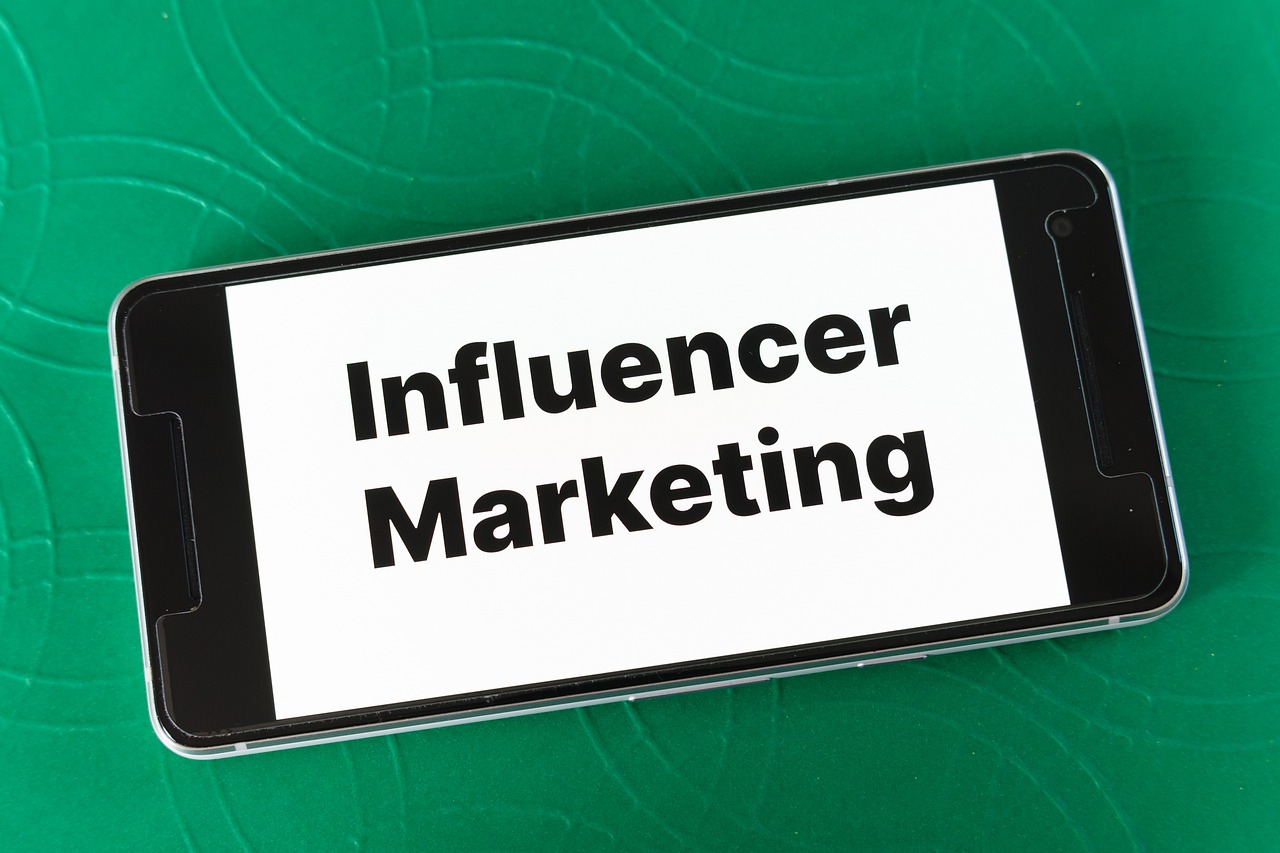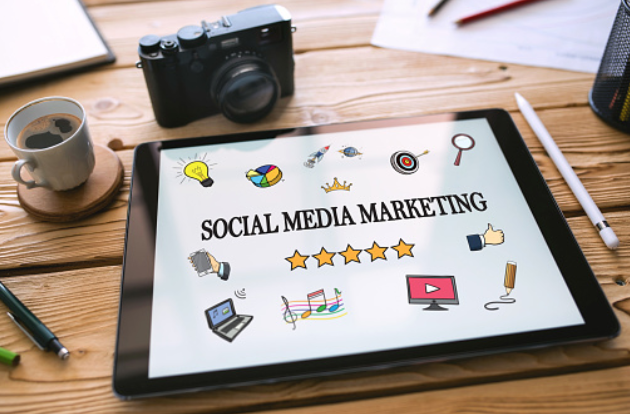Pictures improve advertising campaigns, and inventory photos are generally attainable to allow for creative use. They have existed for almost 100 decades and are now available throughout the internet. In accord with stockphotosecrets.com, various typical stock photos include people, travel destinations, animals, and meals. Even though there’s nothing wrong with integrating stock photos into your promotion safety, you must be conscious of if it is reasonable to obtain the rights to use these specialist photographs legally, and when using stock photos have to be averted. To help you establish best practices, we’ve compiled the following pros and cons.
Pros
Fast and Easy
Using custom photos requires your organization to hire or assign a photographer, coordinate a photo shoot, and wait for images to be edited. All of this takes a lot of time. Using stock photos requires some pruning, but it can shorten the production schedule of your work considerably.
Affordable
Hiring a photographer costs money, and not all project budgets can handle this type of expense. Since inventory images usually only cost a few dollars each, they are most likely the least expensive option. Remember that you are likely to pay for a picture or subscribe monthly at stock image sites.
Versatile
The selection of images that can be used is vast, and inventory photos can be used in many different ways. Finding the most acceptable image for your advertising reach and goals can be as challenging and straightforward as typing in a keyword and browsing a library.
Professional
As long as you choose a great stock image for your use, you can be sure that it will be perfect. You can also select the size of the image and the type of file you want before downloading it to make sure it’s suitable for your purpose. For example, print images require a much higher resolution than a social piece, and many stock photography tools offer several variations to choose from depending on your needs.
Flexible
While stock photos can sometimes look unimpressive, they can be edited and enhanced to look original. It allows you to customize borrowed posts precisely for your purposes.
Cons
Licensing Restrictions
Even though you are paying for a stock photo, you still have to follow licensing requirements. Some images can only be used for editorial purposes and not promotional purposes, so be sure to read the fine print. Using an image for purposes not covered in the contract can have costly consequences.
Dime a Dozen
There is simply no exclusivity with stock images, so competitors can use the same photos you choose. It can undermine your message and make your collateral appear false or indifferent.
Cliche
Stock photos are often seen for their lack of imagination, and sometimes their banality is hilarious. You only have a few seconds to grab your audience’s attention. Please pay close attention to the first impression the stock photo makes before using it for your advertisement and always aim for something unique.
When to Use Stock Photos?
Stock photos could be your best option when you’re pressed for time or need to promote your organization but don’t have the pictures to do so. Just make sure that the stock photos come from a reliable source, and remember that the effectiveness of stock photos depends on how they are used in your advertisement’s content. Since your website should represent your organization’s personality and brand, it’s opportune to use authentic visuals on this platform. You can communicate your company’s culture and philosophy more effectively by incorporating unique images that cover your specific partners, services, and products. With social media filled with stock photos, this is just another point where using original images can lead to greater awareness and engagement by showcasing your brand’s unique personality.




